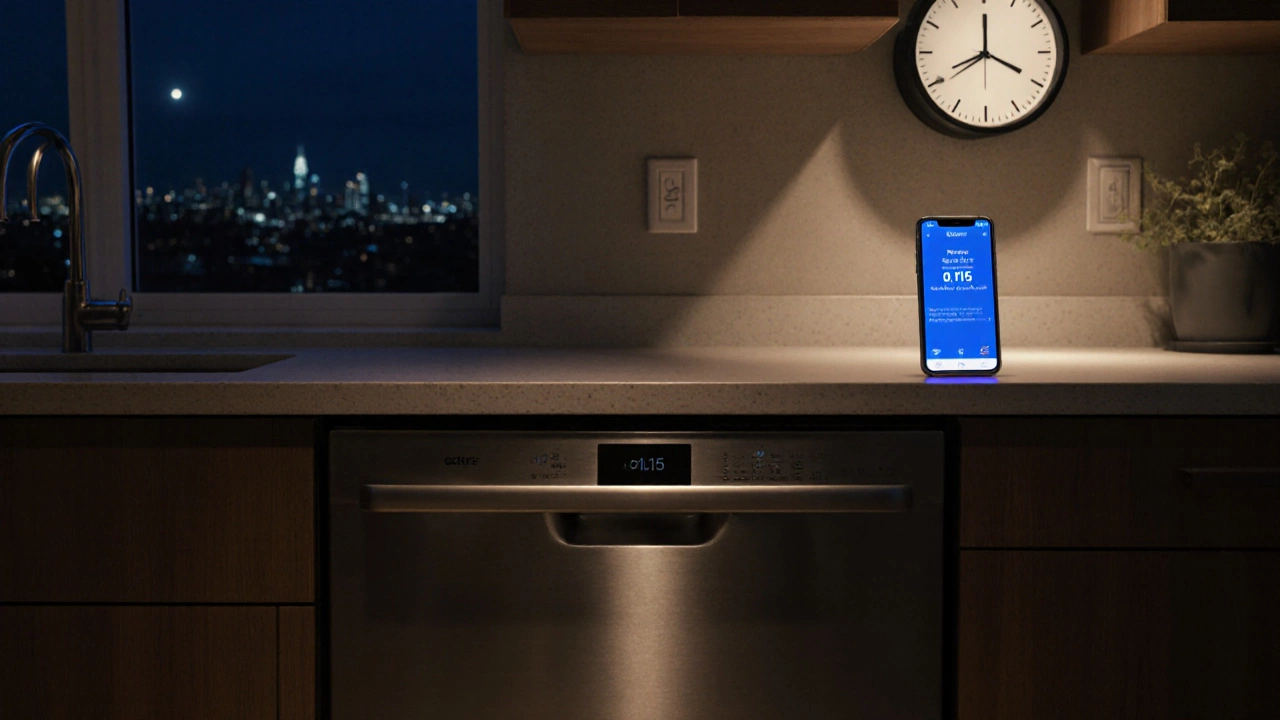When working with time-of-use electricity, a pricing model that charges different rates depending on the time of day electricity is consumed. Also known as TOU rates, it lets utilities balance demand and reward consumers who shift usage to cheaper periods. This system reshapes how we think about everyday gadgets, from the dishwasher to the smart thermostat. By recognizing the pattern of high‑cost peak hours and low‑cost off‑peak windows, you can plan chores, cooking, and even charging devices to keep the bill lean. Below, we’ll unpack the key ideas you need to turn time-of-use electricity into real savings.
One of the most useful concepts tied to TOU is off-peak electricity, the cheaper electricity available during evenings, nights, or other low‑demand slots. Off‑peak rates make it cheap to run big‑energy appliances when the grid is quiet. That’s why running a dishwasher or washing machine at night can shave a noticeable chunk off your bill. The energy‑saving benefit isn’t just about cost; it also eases strain on the grid, cutting overall emissions. Pair this with a timer or a smart plug, and you get automatic night‑time cycles that require no manual effort. In practice, many households see a 15‑30% reduction in annual electricity spending by simply shifting these loads.
Another related entity is smart appliances, connected devices that can detect TOU signals and adjust operation accordingly. Modern fridges, ovens, and HVAC systems often come with built‑in TOU awareness, meaning they can start a cooling cycle or preheat when rates dip. Integration with a home automation hub lets you coordinate multiple devices—your thermostat lowers heating during peak hours while the water heater warms up late at night. This coordination not only trims costs but also smooths out the household’s power profile, which can qualify you for additional utility incentives. The more devices you bring online, the greater the cumulative effect on your electricity billing.
Below this overview you’ll discover practical guides that dive deeper into each topic: safe microwave use, how to run a dishwasher at night for maximum savings, the impact of TV technology on power draw, and tips for reducing electricity consumption across the home. Each article ties back to the core idea of using time‑of‑use electricity wisely, giving you actionable steps to lower costs, improve comfort, and support a greener grid. Keep reading to turn these insights into everyday habits.

Explore whether using a dishwasher at night actually cuts electricity costs. Learn about time‑of‑use rates, calculate savings, and get tips to maximize efficiency.